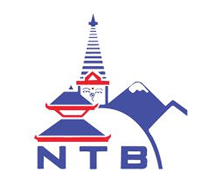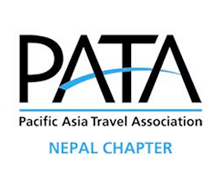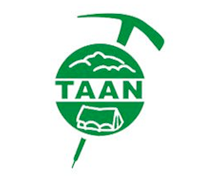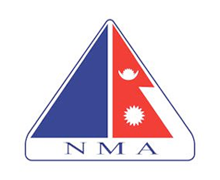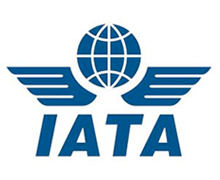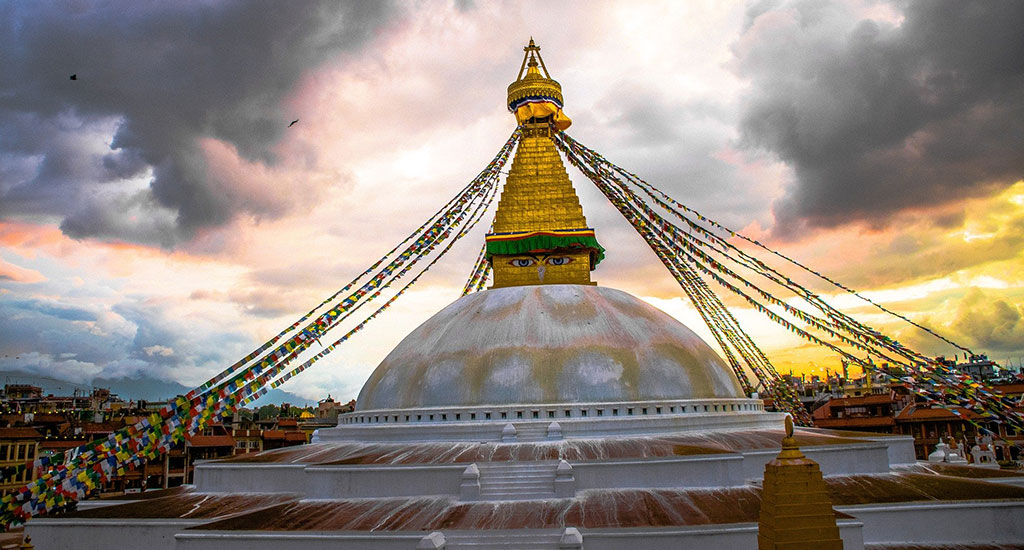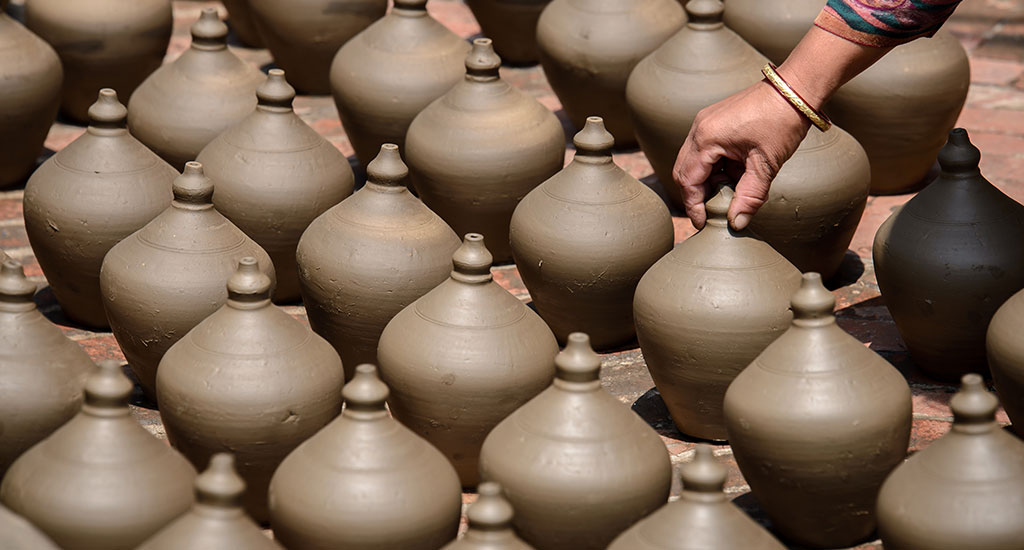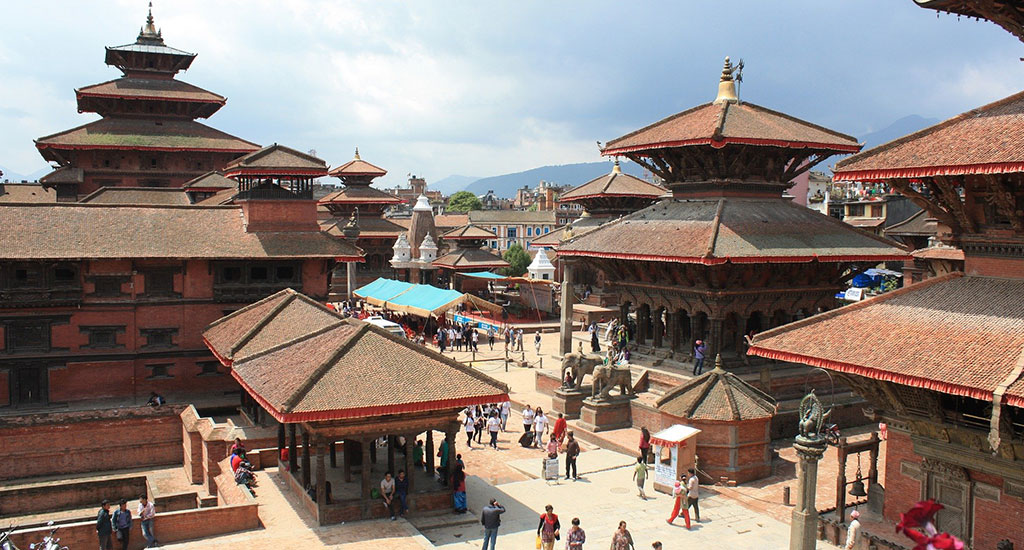Trip facts
Difficulty
Easy
Duration
4 Days
Activity
Tour
Destination
Nepal
Max Altitude
1,350 m
Trip Starts
Kathmandu
Trip Ends
Kathmandu
Difficulty
Easy
Duration
4 Days
Activity
Tour
Destination
Nepal
Max Altitude
1,350 m
Trip Starts
Kathmandu
Trip Ends
Kathmandu
It is a panoramic thrill flying into Kathmandu on a clear day. The views of snow-capped mountain peaks sprawling down below you are almost ecstatic, beginning a whole chain of memorable experiences that stay with you for a long, long time. A representative and driver from Yeti Holidays will meet you at the airport and escort you to your designated hotel. The representative will help you check into hotel. At the hotel you will be briefed about your daily activities.
Check In and Overnight at Hotel.
Meals: None
OPTIONAL: MOUNTAIN FLIGHT
One of the must-see landmarks of Nepal is, of course, the highest peak in the world – Mount Everest. An awe-stricken silence comes close to matching the experience of a mountain flight. For one hour, you'll fly over the Eastern Himalayan Ranges of Nepal where some of the highest peaks in the world including Mt. Everest lie for a surreal feeling as you come face to face with the world's tallest and most enigmatic of Mountains. Even those visitors who like the rigors of a trek won't miss the opportunity to "conquer" the mountains in one stunning swoop.
After breakfast at the hotel, commence the sightseeing tour of Kathmandu city, Swayambhunath and Bouddhanath.
Kathmandu city: Kasthamandap, the source of the name Kathmandu means 'made from the timber of a single tree'. Also known as Kantipur, the capital Kathmandu is the hub of Nepal's art and culture. It is a place for rest, relaxation and easy-day sightseeing of historic and artistic temples and monuments. Kathmandu Durbar Square with its arrays of temples, Seto Machhindranath and the ancient palace of the former Nepali Royals enriches your experience of the centuries old civilisation.
Swayambhunath stupa: Said to be around 2000 years old, this Buddhist Stupa sits atop a hill. The main stupa is composed of a solid hemisphere of brick and earth supporting a lofty conical spire crowned by a pinnacle of Copper gilt. Painted on the four sided base of the spire are the all seeing eyes of Lord Buddha. The hill of Swayambhunath is a mosaic of small Chaityas and Pagoda temples. You'll get a scenic view of Kathmandu city from there.
Bouddhanath: the world's largest stupa. Bouddhanath is the center of Tibetan culture in Nepal. The 36-meter-high stupa of Bouddhanath is one of the largest stupas in South Asia. Bouddhanath Stupa was renovated by Licchavi rulers in the eighth century. The mandala design in Bouddhanath is a copy of the one in Gyangtse in Tibet. The stupa is located in the area of ancient trade route to Tibet where Tibetan merchants rested and offered prayers for many centuries. When refugees entered Nepal from Tibet in the 1950s, many decided to live around Bouddhanath. Hence, a complete township has developed around Bouddhanath. The stupa is said to entomb the remains of a Kasyap sage venerable both to Buddhists and Hindus. Smaller stupas are located at the base. Gompa monasteries, curio shops, and restaurants surround Bouddhanath.
Overnight at Hotel.
Meals: Breakfast
After breakfast at the hotel commence the sightseeing tour of Patan city, Bhaktapur and Pashupatinath.
Patan city: Located about 5km south of Kathmandu, Patan is one of 3 royal cities in the valley. A destination for connoisseurs of fine arts, Patan is filled with wood and stone carvings, metal statues, ornate architecture, including dozens of Buddhist and Hindu temples, and over 1200 monuments.
Patan is believed to have been built in the third century B.C. by the Kirat dynasty later expanded and enriched by the Licchavi and the Malla rulers in the medieval period. Patan Durbar Square, like its counterpart in Kathmandu, is an enchanting mélange of palace buildings, artistic courtyards and graceful pagoda temples. The former Royal palace complex is the centre of Patan's religious and social life, and houses a beautiful museum. One remarkable monument here is 16th century temples dedicated to the Hindu go Krishna, built entirely of stone.
Bhaktapur city: Also known as city of devotees, Bhaktapur is the home of medieval art and architecture. Lying 14 kilometres/9 miles east of Kathmandu City, this place was founded in the 9th Century and is shaped like a conch shell. The city is at the height of 4,600 ft. above sea level. In Bhadgaon, you will visit the Durbar Square with the Palace of 55 windows built by King Bhupatindra Malla. The famous five-storied Nyatapol temple on the terraces of which stands a pair of figures - two goddesses, two strong men, two elephants, two lions and two griffins is the tallest temple in the valley and was also built by King Bhupatindra Malla. It is one of the best examples of Pagoda styled temples.
Pashupatinath: Pashupati Temple stands in the center of the town of Deopatan, in the middle of an open courtyard. It is a square, two-tiered pagoda temple built on a single-tier plinth, and it stands 23.6 meters above the ground. Richly ornamented gilt and silver-plated doors are on all sides. On both sides of each door are niches of various sizes containing gold-painted images of guardian deities. Inside the temple itself is a narrow ambulatory around the sanctum. The sanctum contains a one-meter high linga with four faces (chaturmukha) representing Pashupati, as well as images of Vishnu, Surya, Devi and Ganesh.
The priests of Pashaputinath are called Bhattas and the chief priest is called Mool Bhatt or Raval. The chief priest is answerable only to the King of Nepal and reports to him on temple matters on a periodic basis.
The struts under the roofs, dating from the late 17th century, are decorated with wood carvings of members of Shiva's family such as Parvati, Ganesh, Kumar or the Yoginis, as well as Hanuman, Rama, Sita, Lakshman and other gods and goddesses from the Ramayana.
Pashaputi Temple's extensive grounds include many other old and important temples, shrines and statues. South of the temple, for instance, is Chadeshvar, an inscribed Licchavi linga from the 7th century, and north of the temple is a 9th-century temple of Brahma. On the south side of Pashupati temple is the Dharmashila, a stone where sacred oaths are taken, and pillars with statues of various Shah Kings.
The Bagmati River, which runs next to Pashaputinath Temple, has highly sacred properties. Thus the banks are lined with many ghats (bathing spots) for use by pilgrims. Renovating or furnishing these sites has always been regarded as meritorious.
Arya Ghat, dating from the early 1900s, is of special importance because it is the only place where lustral water for Pashupatinath Temple can be obtained and it is where members of the royal family are cremated. The main cremation site is Bhasmeshvar Ghat, which is the most-used cremation site in the Kathmandu Valley. The preferred bathing spot for women is the Gauri Ghat, to the north.
Overnight at Hotel.
Meals: Breakfast
We ensure that you will leave Kathmandu with cherishing memory and an experience of a lifetime. Our representative from Yeti Holidays will drive you to the airport in time for your flight back home.
Meals: Breakfast
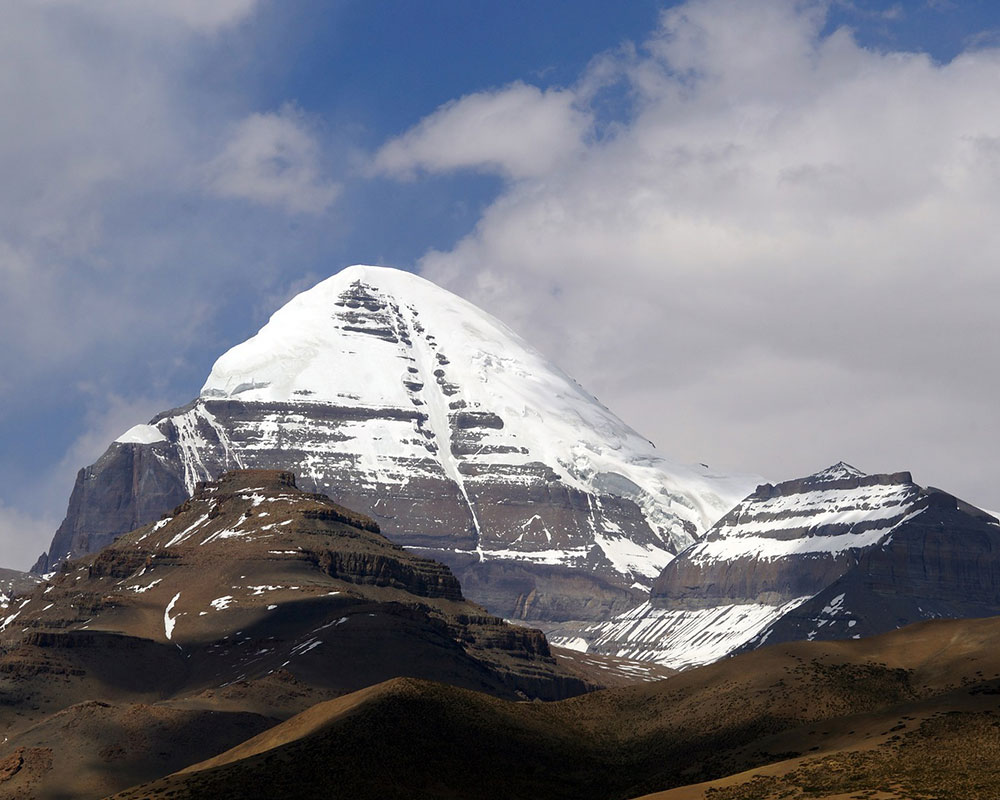
Tour
Duration
13 Days
Altitude
5,850m
Difficulty
Easy
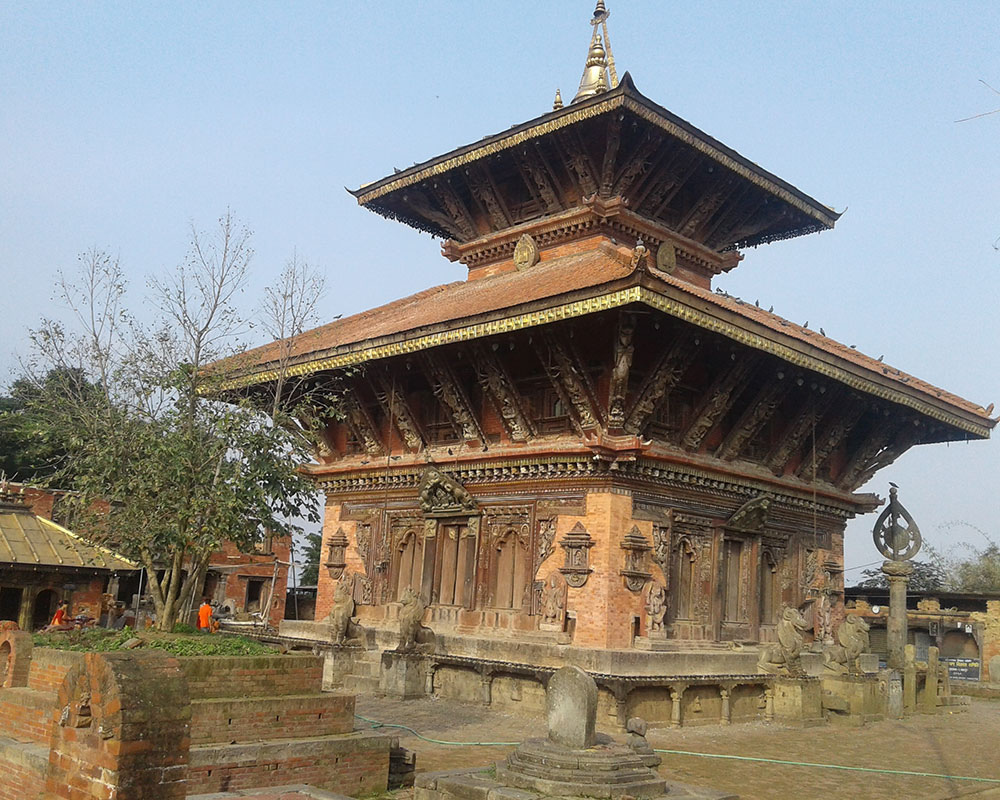
Tour
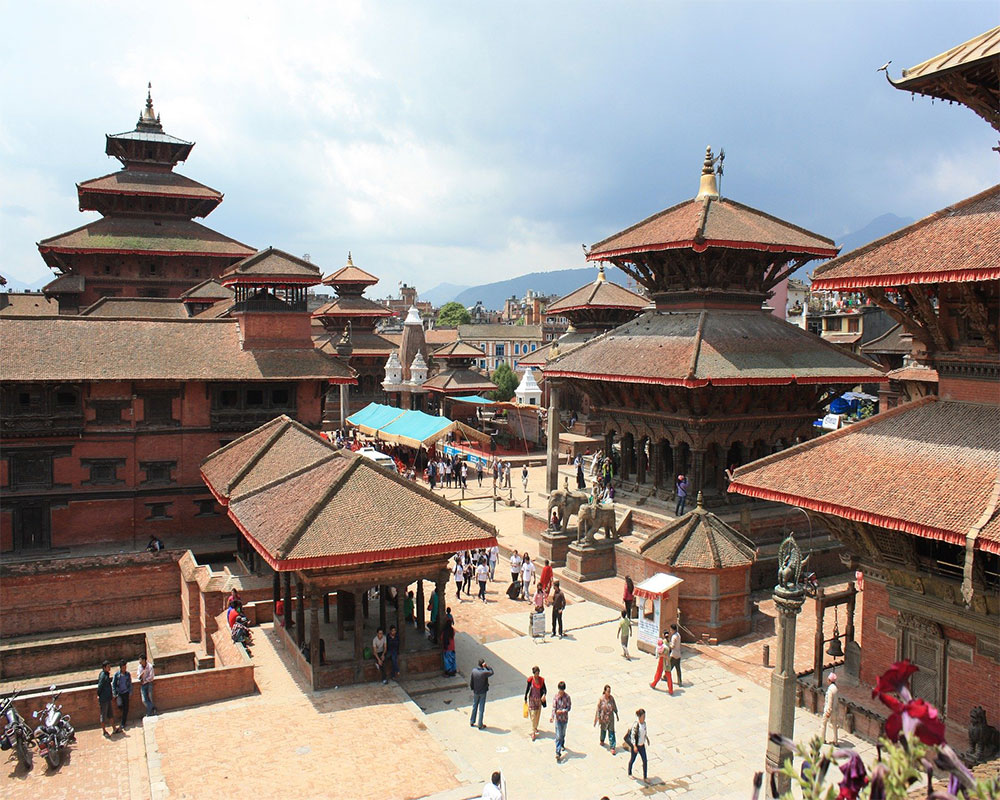
Tour
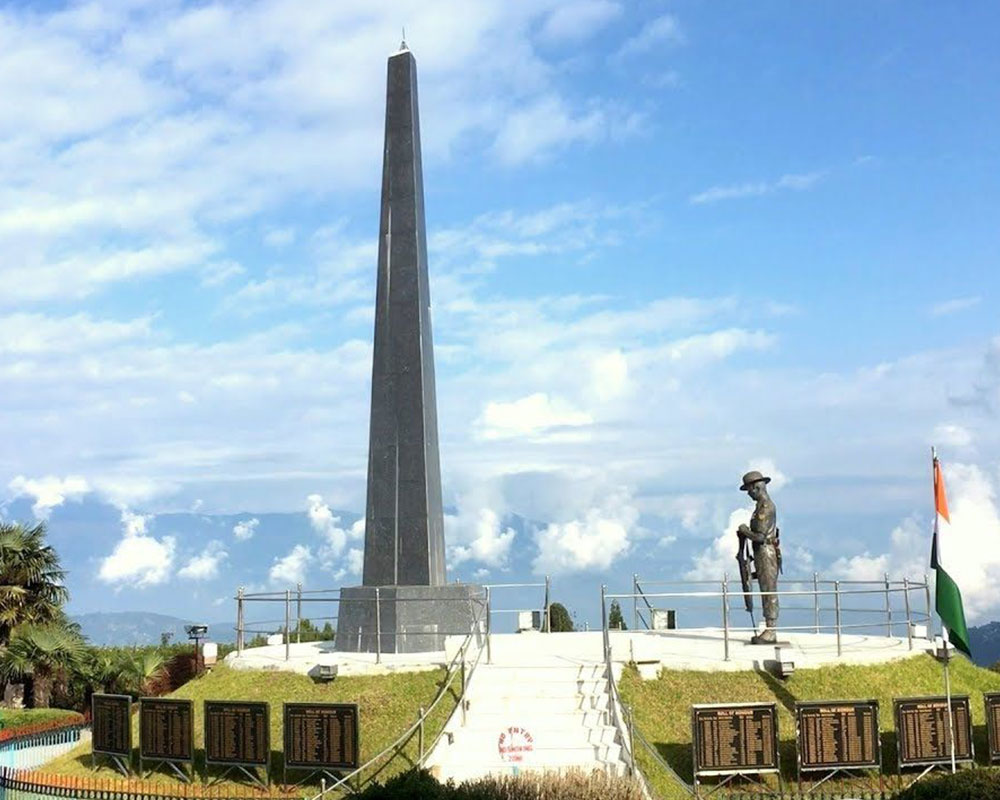
Tour
Duration
13 Days
Altitude
2,042.2 m
Difficulty
Easy

Tour
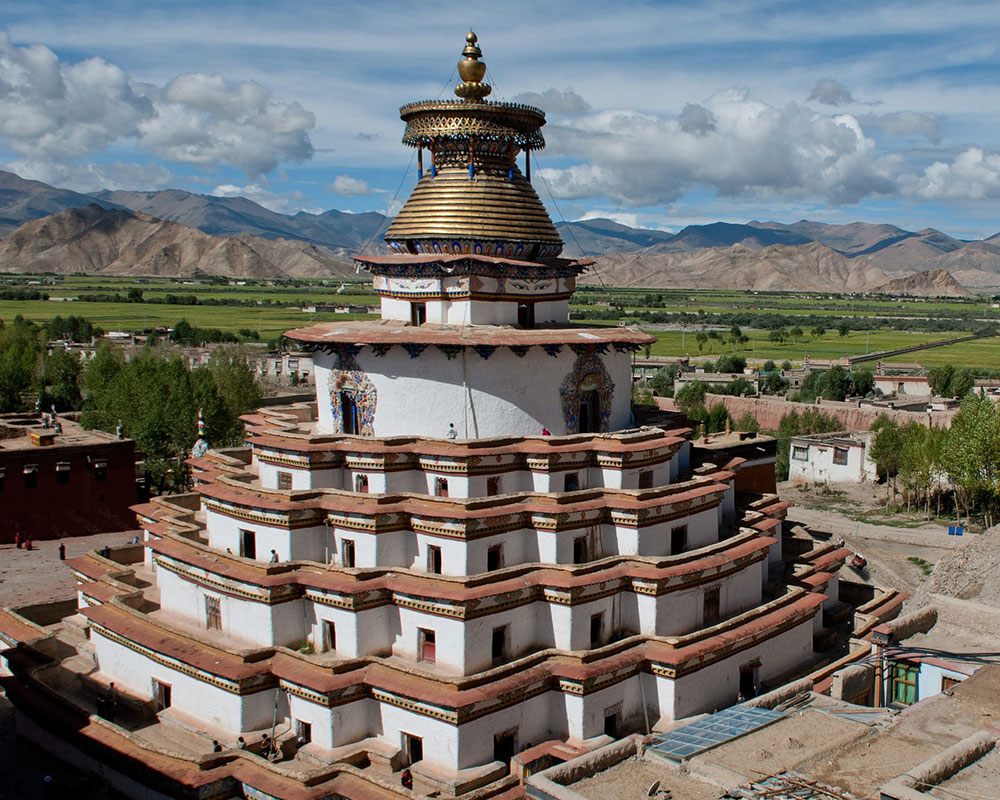
Tour

Website by Curves n’ Colors
